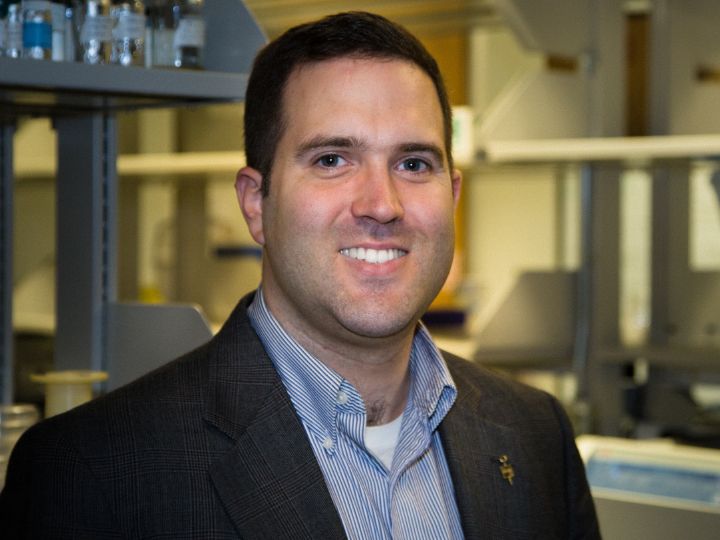

If science and nature were to have a baby, it would surely be the zeolite. This special rock, with its porous structure that traps water inside, also traps atoms and molecules that can cause chemical reactions. That's why zeolites are important as catalysts, or substances that speed up chemical reactions without harming themselves. Zeolites work their magic in the drug and energy industries and a slew of others. With petrochemicals, they break large hydrocarbon molecules into gasoline and further into all kinds of petroleum byproducts. Applications like fluid catalytic cracking and hydrocracking rely heavily on zeolites.
So important is the use of zeolites that decades ago scientists began making them (synthetic ones) in the lab with the total number of crystal structures exceeding 250.
Now, an undisputed bedrock in the global zeolite research community, Jeffrey Rimer, Abraham E. Dukler Professor of chemical and biomolecular engineering at the University of Houston, has published a review in the Nature Synthesis journal summarizing methods over the past decade that have been used to prepare state-of-the art zeolites with nano-sized dimensions and hierarchical structures.
The findings emphasize that smaller is better and structure is critical.
"These features are critical to their performance in a wide range of industrial applications. Notably, the small pores of zeolites impose diffusion limitations for processes involving catalysis or separations where small molecules must access pores without obstruction from the accumulation of residual materials like coke, which is a carbonaceous deposit that blocks pores," reports Rimer. "This calls for new methods to prepare zeolites with smaller sizes and higher surface area, which is a challenging task because few zeolites can be prepared with sizes less than 100 nanometers."
The review article summarizes advanced methods to accomplish this goal, including work from Rimer's own group on finned zeolites, which he invented. Zeolites with fins are an entirely new class of porous catalysts using unique nano-sized features to speed up the chemistry by allowing molecules to skip the hurdles that limit the reaction.
Rimer also examines how the emergence of data analytics and machine learning are aiding zeolite design and provides future perspectives in this growing area of research. That helps make up the "new methods" that Rimer suggests as imperative, resulting in major advantages of infusing computational and big data analyses to transition zeolite synthesis away from trial-and-error methodologies.
Besides, speeding up the process of crystallizing zeolites, and speeding up the reactions of the zeolites themselves, will result in many socioeconomic advantages, according to Rimer.
"Improved zeolite design includes the development of improved catalysts for energy applications (including advancements in alternative energy), new technologies for regulating emissions that impact the environment and separations to improve industrial processes with impact on petroleum refining, production of chemicals and water purification," he said.






